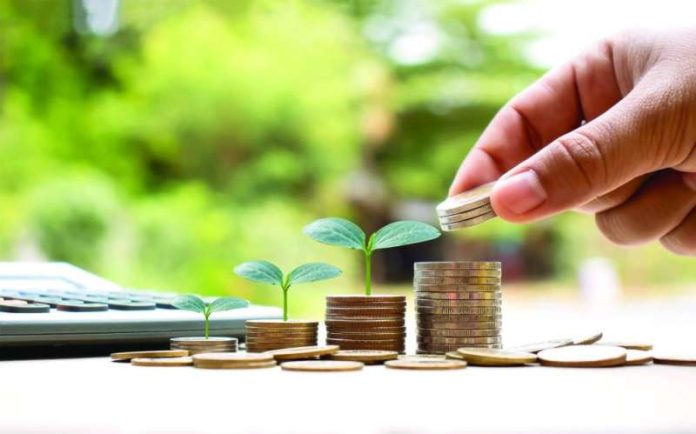Local banks have begun a fierce competition to attract the largest possible level of liquidity through deposits in dinars, which resulted in a sharp increase in the interest rate, which reached historical levels that finally exceeded the ceiling of 6 percent.
The foregoing is not considered new and appeared suddenly in the behavior of banks during the last period. It is known that for some time now, credit policy makers in local banks entered a race against customers to attract deposits, whether governmental or from the private sector, which prompted some banks to offer additional interest pricing for the trader in market, with a significant margin in order to attract more customers, reports Al-Rai daily.
As for the main development in the last period, unlike the banking focus on long-term deposits as the most deserving of special pricing, specifically those that are one year old, banks reflected this trend by targeting short-term deposits, which have a maturity of 3 months. Thus, banks, in a historical precedent, grant high returns on short-term deposits, so what has changed from the banking point of view?
Perhaps it is no secret that the changes that occurred in interest trends since last March, both globally and locally, during which the discount rate in Kuwait increased from 1.5 to 4 percent, recording an unusual historical pricing since 2008.
A year after the implementation of the policy of monetary tightening globally in adopting a higher interest rate to curb inflation, talk began to open up everywhere about the expected timing of the end of the interest-raising cycle, especially after the emergence of some indicators in which the inflation dynamics showed some improvement on a large scale, while it did not give up. Parts of the US economy are slowing.
Despite the signals recently launched by the US Federal Reserve regarding the possibility of raising interest rates at its upcoming meeting this month by 50 points instead of a quarter of a percent, driven by the failure of employment and inflation indicators to raise interest rates as much as hoped, speculation globally indicates that it will be difficult to continue the interest rate hike cycle for an additional year. Especially amid the presence of warning signs in the second aspect of the analyzes showing the possibility of exposure to a global recession in the event of continuing the policy of monetary tightening by raising interest.
Based on this difficult equation, it is appropriate for a banker to reconsider the deadlines that banks must link to in forming their deposits for the coming periods.
If it was appropriate a year ago for banks to move early on building deposits in long-term centers to reduce the cost of funds, in line with expectations of continuing to raise interest for long periods, then the current weightings, which indicate that the price-raising cycle is nearing its end, motivate banks not to expand the opening of deposit positions, new long-term, and for the same reason, which is to reduce the cost of funds.
As a natural consequence of the foregoing, attracting short-term deposits, even at high prices, is the best investment scenario for banks than attracting long-term deposits at a high price, on the basis that short-term deposits are more in line with expectations of the near end of the interest rising cycle, unlike the year term that may lead to the bank’s involvement. In incurring an additional cost, especially if interest tends to decline before the end of the year, even a few months.
So, according to responsible banking sources, the preferred point for liquidity managers in local banks is the short-term one, due to the reduction in the weights of the cost of liquidity funds.
Of course, this does not mean that annual terms are excluded from high pricing, but that remains directed towards elite deposits and government agencies, while the reality of the situation indicates that the banking eye has become more open to the structure of three-month deposits at more competitive prices, especially if they are stable funds.
Also, banking expectations regarding interest trends soon fuel this movement, given that they indicate the possibility of the Central Bank of Kuwait approving a new hike in interest rates in the coming period, whether before the “Fed” approves that at its upcoming meeting or shortly after it.
What increases the glow of these expectations is what relevant sources reported to Al-Rai that the Governor of the Central Bank, Basil Al-Haroun, obtained at the bank’s recent board of directors meeting an authorization with a specific margin that enables him to move to raise the interest once or in stages, according to the outputs of the statistics and the database that he published. He relies on it in making his monetary decisions.
This is in line with the movements of the local regulator, which adopts a gradual policy of raising interest and rates that maintain an acceptable margin between the interest of the dollar and the interest of the dinar, in a way that does not reduce the attractiveness of the national currency, knowing that the interest on the dollar is currently between 4.5 and 4.75 percent.

















